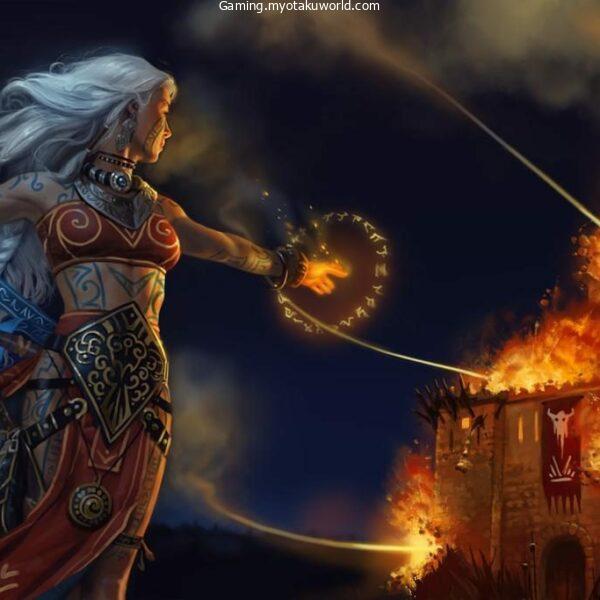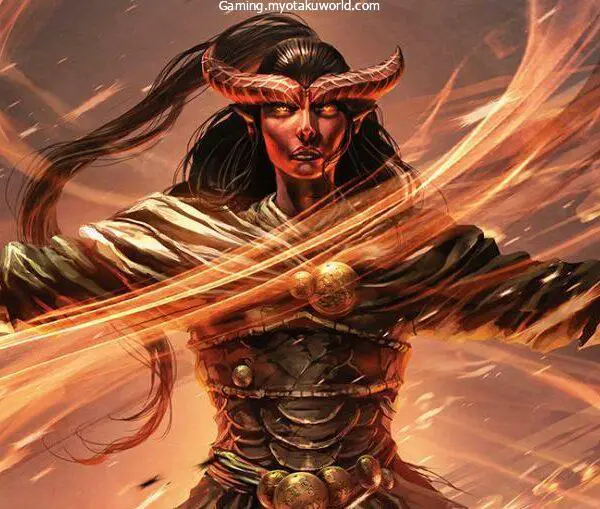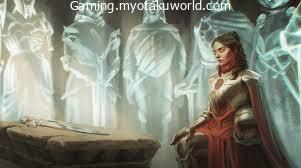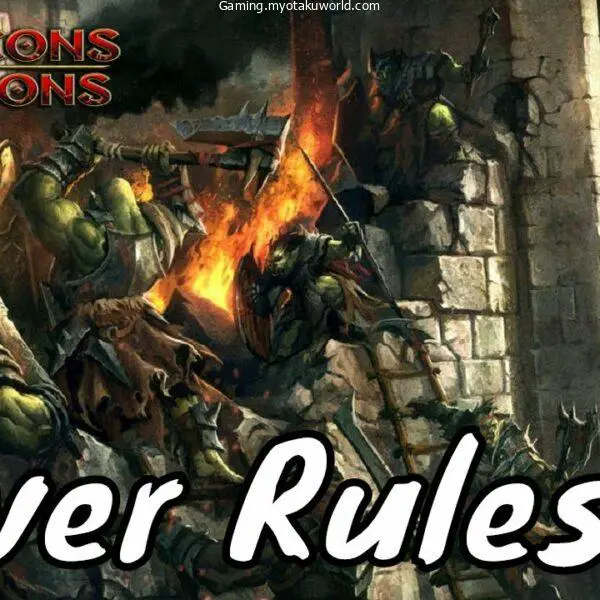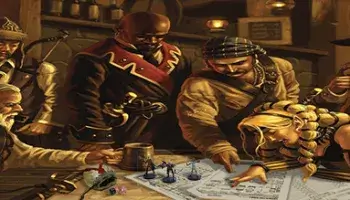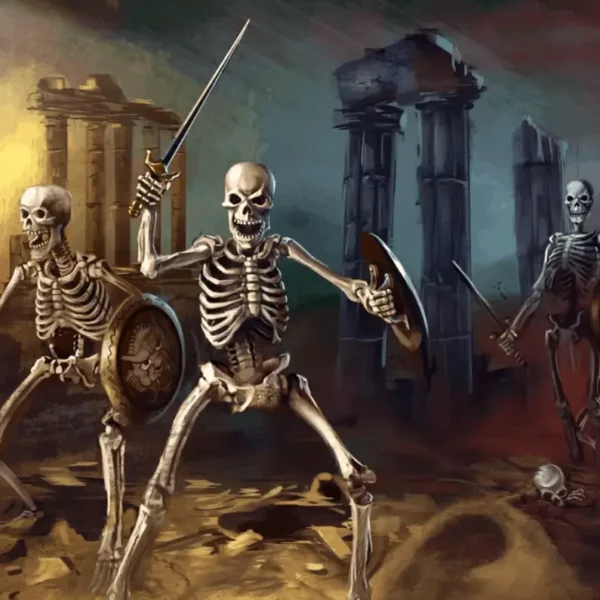Artificers are half-casters.
They alter the weave with their tools, which is why an artist must be equipped with the tools needed for casting spells.
In the beginning, an artist uses thieves’ tools because they’ve become familiar with using them right off the start.
However, they can also utilize any other tool they’re proficient with, like Brewer’s Tools, Artisan’s Tools, or the Alchemist’s Tools.
Artists are Magical Tinkerers who use the weaving process to transform or enhance everyday objects.
They’re the perfect example of magic item creation.
Despite being a bit sloppy in their ability to cast spells, they bring many benefits to the player.
Although an artist’s list of spells isn’t impressive there are quite a several spells that artificers require or at minimum, some spells that they could make use of to benefit.
15. Booming Blade
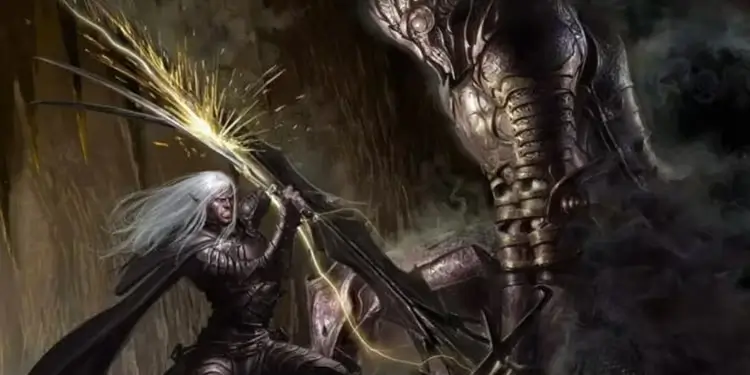
Booming Blade is a combat cantrip that has the ability to influence the battlefield while also doing damage, making it a powerful support spell.
It enables the caster to make a melee attack, and if it connects, the target suffers 1d8 thunder damage in addition to the weapon damage.
The artificer is an underappreciated but endearing class because of spells with several uses, like Booming Blade.
The spell automatically deals 1d8 thunder damage in addition to the melee weapon damage once the character reaches fifth level, and this thunder damage rises with level.
The sole drawback is that not all artificers are designed for close quarters fighting, in which case Booming Blade may not be very useful to them.
14. Aid
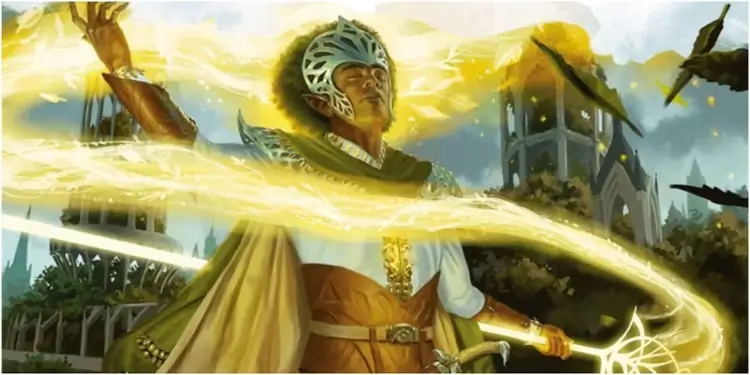
Because it can benefit the battlefield and reach a large number of targets, aid is frequently a spell that healing classes prepare.
It is one of the spells that make the D&D class of artificer so adaptable. Aid gives up to three characters a total of five more health points.
It can also be cast at higher levels, gaining an additional five hit points over its second-level base for every level it is cast at.
Aid can be packed by a variety of other classes, therefore the artificer is not the only one who can do it.
Nevertheless, it is a useful spell for getting ready for battle and demonstrates the versatility of the artificer.
13. Guidance

Given that it is one of D&D’s best buff spells and doesn’t require a spell slot, guidance is a go-to cantrip for many classes.
Any character’s ability check will increase by 1d4. Re-usability is the best feature.
The sole restriction is that since it needs concentration, it cannot be cast again until the first person uses their d4.
Many classes can and do prepare Guidance, similar to Dispel Magic. It’s okay to hand it over to the clerics as it’s not an iconic artificer spell.
Additionally, the artificer’s concentration keeps them from using their time and abilities on the numerous other things they could be accomplishing.
12. Catapult

Type: 1st-level Transmutation
Catapult isn’t a true damage spell by itself.
However, when you combine it with an alchemist’s fire, or an acid flask and Artificers can take decent damage from this spell from the beginning to mid-levels.
A creature that is struck by Catapult will need to make a Dexterity saving attempt to avoid it or suffer 3d8 damage.
Pair Catapult with acid or alchemist’s fire and the damage will begin to accumulate quickly.
This spell is a great source of use.
With a distance of 60ft and a throwing distance of 90 feet, you can be able to use the area like small pieces of rubble as well as broken furniture legs provided they’re not heavier than 5lbs.
11. False Life

Type: 1st-level Necromancy
False Life is fairly straightforward.
The caster can gain temporary hit points over one hour, with no requirement for concentration.
The hit points that are temporary could be a waste of time and up-casting them might prove to be not worth the effort.
However, it is worthwhile to think about the possibilities that are available to an artist.
Then again, it might not be attractive, and it may be a problem if a person in an organization is against Necromancy.
However, it can get the job done when more protection is needed.
10. Absorb Elements

Type: 1st-level Abjuration
Absorb Elements is an excellent spell since it is used as an effect.
Also, taking less damage is always a good thing.
The group will most likely be confronted with elements of damage during the course of an adventure.
Therefore, the capability to reduce some of that can be very beneficial.
The caster is able to reverse and deal additional damage by using the absorbed damage kind, which is the perfect addition to an already powerful spell.
9. Detect Magic

Type: 1st-level Divination
I can’t emphasize enough how vital Detect Magic is.
The importance of this is heightened for those who are skilled in art since it is the initial step to determining whether an item is magical or not.
Since that’s what the Artificer is known for and expertise, it makes no sense to say that an Artificer wouldn’t be in a position to discern whether something is magical or not.
That’s what I think they’re supposed to be magic makers.
8. Identify

Type: 1st-level Divination
Identify the next step to comprehending a magic item.
When an artificer is aware that it’s magical, they’ll have to determine what properties are magical.
If an Artist wants to master the art of creating magical objects and items, they surely must know how to recognize them.
It can certainly be accomplished in a simple manner.
However, using a long rest to locate something will usually take too long, particularly in cases where the item can be helpful for a session straight at the moment.
7. Disguise Self

Type: 1st-level Illusion
The adventurers often forget that they are a sore thumb specific cities or towns.
If it’s advantageous for an adventurer to sneak into and around a city unnoticed the Disguise self spell is the perfect spell for the careful artificer.
It is also possible as a way to choose a race to study the possibility of an Orc tribe or Goblin’s Den since they are frequent encounters in a variety of D&D campaigns.
6. Mending

Type: Transmutation Cantrip
The ability to repair is an essential spell.
It could sound ridiculous since it’s all about fixing things such as damaged clothes or broken chains.
Its importance is brought to a new level by Artificers due to Eldritch Canon along with Steel Defender, as Mending can be employed in order to fix or “heal” them.
It’s not the only reason Mending is one of the most popular Cantrips.
It’s easy to learn and is useful in a variety of scenarios.
5. Magic Weapon

Type: 2nd-level Transmutation
This spell gives an artist the ability to create magic in their battle.
A simple weapon can transform into a magical weapon using Magic Weapon pretty easily.
A Magic Weapon is a powerful spell to get your party ready for the upcoming boss fight because a number of bosses are resistant to damage from non-magical weapons.
Magic Weapon can be cast during combat too, as it takes only one action to cast in the event that your party gets surprised by the non-magical defense against damage from weapons.
Battle Smiths gain from this too, since they receive bonus damage for their magic weapon attacks based on their Intelligence.
Be cautious Be aware, because Magic Weapon requires concentration.
4. Elemental Weapon

Type: 3rd-level Transmutation
An elemental Weapon is identical in its function to Magic Weapon in that it lets the user impart a weapon that is not magic with the properties of nature.
Another excellent option for mixing and matching is to create building an artificer.
In terms of thematical, Elemental Weapon as well as Magic Weapon Thematically, Elemental Weapon and Magic Weapon are legendary for artists.
They can, at a minimum, be used in combat taking an action.
They’ll assist your character to grow.
3. Dispel Magic

Type: 3rd-level Abjuration
Dispel Magic is a second utility spell that removes spells with 3rd level or less in the case of casting at the lowest level.
Higher-level spells are removed by either up-casting or rolling at the magic’s DC.
Thematically, the fact that you can Dispel Magic as an Artist truly demonstrates their expertise in the art of the obscure.
It’s also beneficial in a variety of situations without a doubt.
2. Fabricate

Type: 4th-level Transmutation
Artists have many things.
They can store spell-related objects and infusions for items made by self-made magic items.
Fabricate allows an artist to create objects out of the natural elements in nature.
In normal circumstances, you won’t be able to create highly intricate items unless you have the skills and knowledge the use a specialized tool to make that item.
For example, jewelry.
Do you want to create an exquisite jewelry piece?
The ring wouldn’t be extremely precise unless you’re skilled in the jeweler’s tools.
Since you’re an artist you’re much more likely to become adept with all the Artificer tools and tools.
This is where the spell comes in.
Fabricate is also a great way to replicate, recreate or alter the appearance of items that people need to steal, or when you’ll need things to have in your place to make some money.
1. Bigby’s Hand
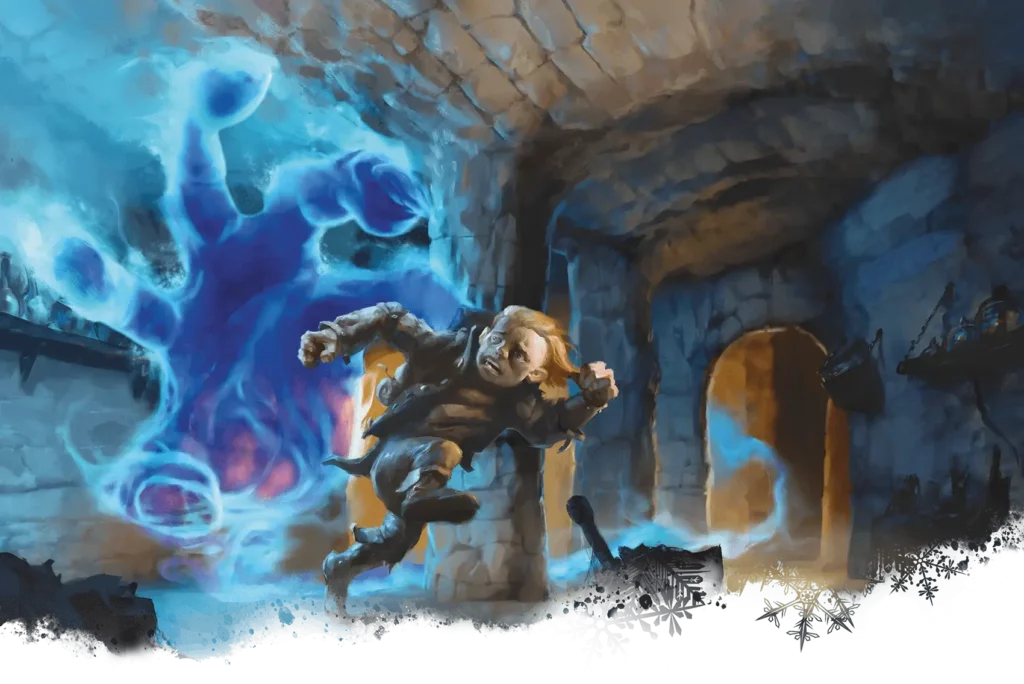
Type: 5th-level Evocation
Think of the Mage hand that is cranked to 11, and you’ll get Bigby’s Hand.
The 5th level spell generates a huge hand, which lasts for about a minute.
The hand is now able to be controlled to perform a bonus action to punch or push, grab, or even block an animal.
There are a lot of possibilities are available here.
But the Bigby’s hand is not like its less powerful counterpart, which can only carry around 10lbs.
This spell does not have a strength score of 26 AC of 20 along with Hit points that are the same as those of the casting.

